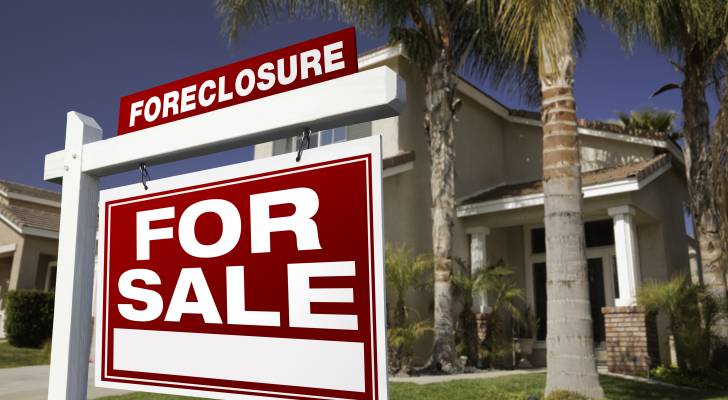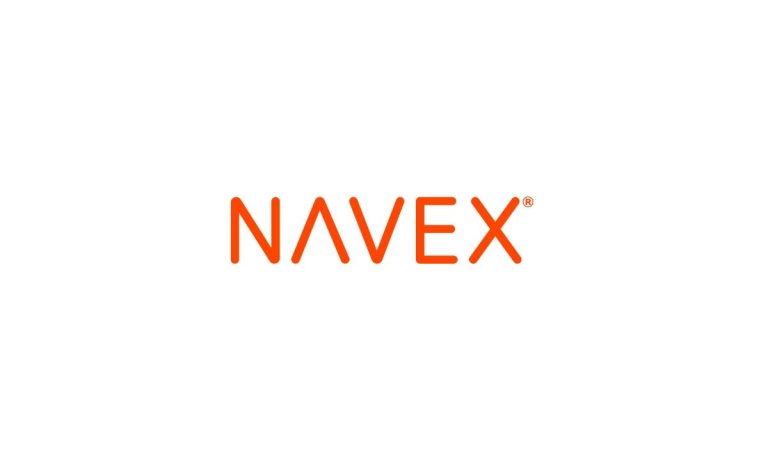
We adhere to strict standards of editorial integrity to help you make decisions with confidence. Some or all links contained within this article are paid links.
One metro area in Florida has attracted attention as the leader of a particular housing category in the U.S. — but it’s no cause for cheer.
The state’s Lakeland region had the nation’s highest foreclosure rate in 2024 among metro areas with at least 200,000 residents, according to real estate data firm ATTOM. One out of every 172 housing units had foreclosure filings.
Don’t miss
- I’m 49 years old and have nothing saved for retirement — what should I do? Don’t panic. Here are 5 of the easiest ways you can catch up (and fast)
- Gain potential quarterly income through this $1B private real estate fund — even if you’re not a millionaire. Here’s how to get started with as little as $10
- Robert Kiyosaki warns of a ‘Greater Depression’ coming to the US — with millions of Americans going poor. But he says these 2 ‘easy-money’ assets will bring in ‘great wealth’. How to get in now
A number of factors may be contributing to this figure — including a population influx — but one common theme experts pointed to was the price of home insurance.
“When those insurance premiums start kicking in, they can’t make the payments, they just don’t know what to do,” Bob Miller, a real estate broker, told News Channel 8 on March 27.
“So a lot of them, for lack of a better term, they curl up in a little bit of a ball and they wait in a corner for someone to knock on the door. That’s not the best option.”
Here’s what’s behind the high insurance rates, and what you can do to protect your home wherever you might be.
Homeowners’ insurance prices
The U.S. home insurance market is experiencing a double whammy — increasing natural disasters and higher construction and repair costs.
For instance, Florida is prone to hurricanes, flooding and wildfires. As a result, insurance prices are among the highest in the nation. Floridians pay an average annual premium of $5,292 for a home worth $300,000, according to Bankrate. This is nearly two-and-a-half times the national average of $2,267.
Meanwhile, Trump’s tariff policies have made it more expensive to import key construction materials, such as lumber from Canada and lime and gypsum from Mexico.
As repairing and replacing a home has become more expensive, insurers are expected to charge higher nationwide premiums. The average annual homeowners’ insurance is projected to increase by 11%, or by $106, to $3,626 by the end of 2025, according to Insurify. In fact, homeowners’ insurance rates are expected to rise 38% faster this year compared to 2024.
If you’re concerned about rising premiums, consider shopping around for rates from top insurers near you before tariffs impacts are felt.
OfficialHomeInsurance lets you compare rates and features on home insurance policies from top providers near you.
Here’s how it works: Answer a few basic questions about yourself and your home, and OfficialHomeInsurance will comb through its database of over 200 insurers to display the lowest rates available. On average, you could save $482 per year by comparing rates.
The best part? This process is entirely free, and it takes just two minutes.
Read more: Want an extra $1,300,000 when you retire? Dave Ramsey says this 7-step plan ‘works every single time’ to kill debt, get rich in America — and that ‘anyone’ can do it
Protect your finances from foreclosure risks
But it’s critical for homeowners of all stripes to take preventative steps to protect your home — and bank account — in case of a serious incident.
One of the first steps toward financial security is ensuring you can afford your insurance premiums while having a cushion to soften unexpected increases or expenses.
Budgeting and tracking can help you understand where your money is going, so you can make every dollar work for you.
With YNAB, you can track spending and saving all in one place. Link your accounts so you can see a big-picture look of your expenses and net worth growth. You can prioritize saving for short or long term goals — like a vacation or a down payment for a house — with the app’s goal tracking feature.
If you want to pay debts faster, you can create personalized paydown plans to calculate how much interest you’d save if you topped up your monthly payments with a little extra.
The easy-to-use platform allows you to simplify spending decisions and clarify your financial priorities. Plus, you don’t need to add your credit card information to start your free trial today.
Setting a healthy budget and sticking to it can give you room to breathe, but it’s your emergency fund that protects you from sudden financial stress.
Your emergency fund should ideally cover three to six months worth of expenses. This way, you don’t have to panic or go into debt every time you’re in a tight spot.
Keeping your emergency fund in a high-yield savings account, ideally one with low charges and unlimited transfers, can help you grow your savings while keeping it accessible. You can check out Moneywise’s best high-yield savings accounts list of 2025 to find options that can earn you up to 10 times the national average interest rate of 0.41%.
To make more room in your budget, consider shopping around for a new insurance rate. A few hours online or on the phone may yield hundreds of dollars of savings per year that you can use to bolster your finances.
If you’re in need of serious budget relief, refinancing your mortgage or working with your lender to modify your terms can help you avoid defaulting and the foreclosure of your home.
You can compare refinancing rates offered by vetted lenders near you through Mortgage Research Center (MRC). You can customize searches to your needs, and get estimates on your new mortgage payments if you choose to refinance.
Once you make a selection, you can set up a free, no-obligation consultation to determine whether you want to proceed.
What to read next
- JPMorgan sees gold soaring to $6,000/ounce — use this 1 simple IRA trick to lock in those potential shiny gains (before it’s too late)
- This is how American car dealers use the ‘4-square method’ to make big profits off you — and how you can ensure you pay a fair price for all your vehicle costs
- Here are 5 ‘must have’ items that Americans (almost) always overpay for — and very quickly regret. How many are hurting you?
Like what you read? Join 200,000+ readers and get the best of Moneywise straight to your inbox every week. Subscribe for free.
This article provides information only and should not be construed as advice. It is provided without warranty of any kind.


